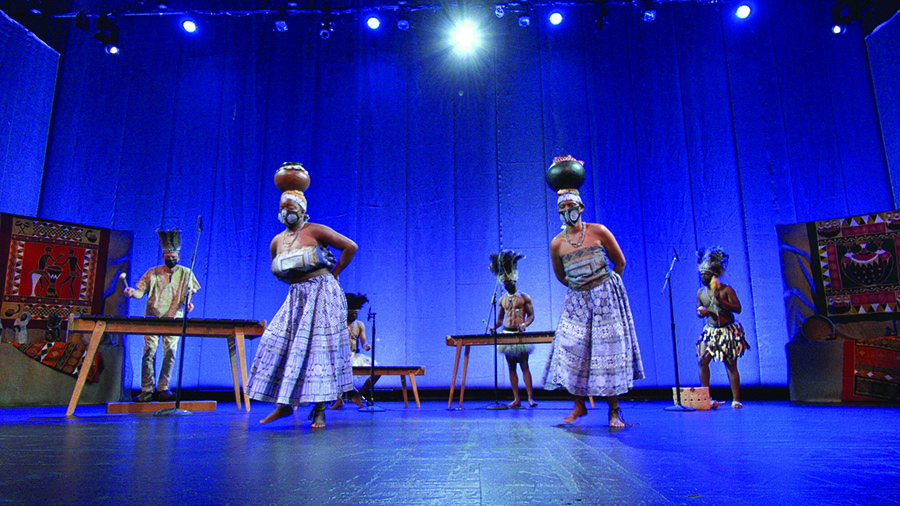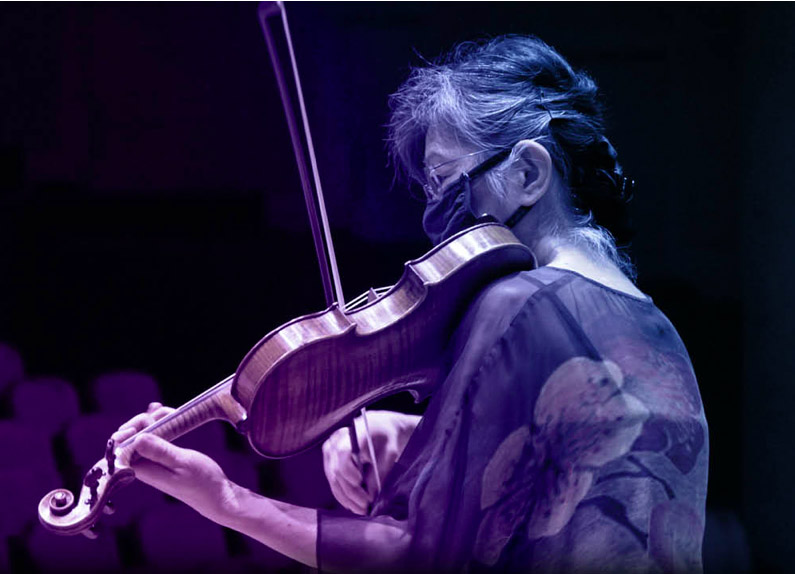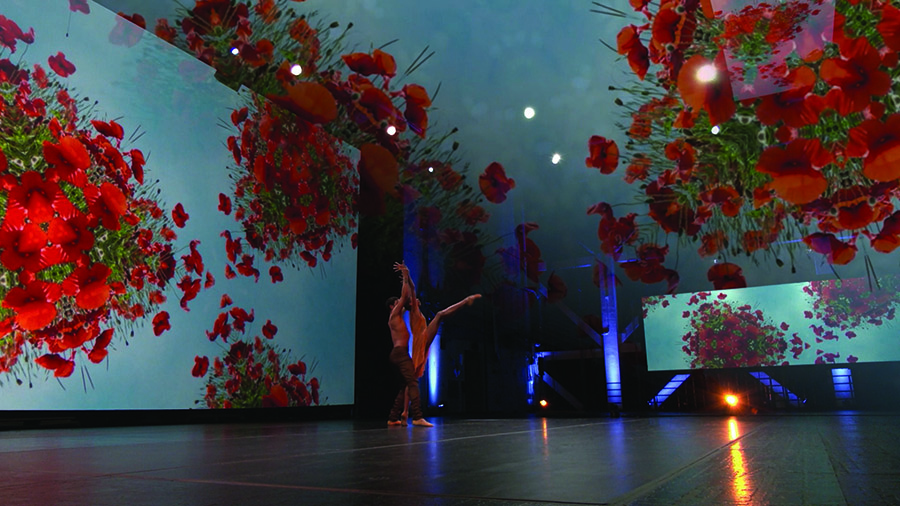There’s a lot of activity on the SFSymphony+ streaming platform at present. Demonstrating yet again the wealth of creativity caused by the cancellation of live performances – happily restored again as of this week – the San Francisco Symphony continues to celebrate the diversity of music-making in three very different online series – CURRENTS which explores what happens when classical music meets different musical cultures, SoundBox which is described as “eclectic music for adventurous listeners”, and a Chamber Music series for those who prefer a more traditional approach to classical music.
The latest program in the CURRENTS series, Mavambo Engoma, Rooted in Music – which has just gone live – has been curated by the Chinyakare Ensemble and explores Zimbabwean music and dance in a program that celebrates music as the root of family, community and the world. The Chinyakare Ensemble is a family of musicians, dancers and teachers, whose aim is to preserve and share the traditional culture of their home country, Zimbabwe, and to use music and dance to promote community building and education.
This program, in which members of the Chinyakare Ensemble are joined by musicians of the San Francisco Symphony, presents a range of performances of the traditional dance, music and culture of Zimbabwe and Southern Africa. Colorful stories are portrayed, showing scenes from everyday life, providing a window on the beauty, excitement and spirit of traditional Zimbabwean dance and song.
CURRENTS: Mavambo eNgoma, Rooted in Music is available to view on the SFSymphony+ website.
Presently streaming on the SFSymphony+ Chamber Music series is Mozart’s Duo in G Major for Violin and Viola K423. Written in the summer of 1783, it was the first of two pieces which Mozart wrote, apparently as a favour for Michael Haydn – the younger brother of Joseph Haydn – who, due to health issues, was unable to complete the six pieces which he was writing on commission for the Archbishop Coloredo. This performance features San Francisco Symphony musicians Yukiko Kurakata (violin) and Matthew Young (viola), and can be viewed on the SFSymphony+ website.
On May 13th there’ll be a new program in the Chamber Music series, featuring the Duo for Violin and Cello, Opus 7 by Zoltán Kodály, performed by SF Symphony musicians Victor Romasevich, (violin) and Jill Rachuy Brindel (cello). This piece was written following one of Kodály’s folk-song hunting trips – undertaken with his friend Bela Bartók – who shared Kodály’s vision of incorporating Hungarian folk music into their respective styles of composing. This work will be available to view on the following link.
The most recent transmission in the Soundbox series, entitled Patterns, has been curated by SF Symphony Music Director Esa-Pekka Salonen. He conducts and presents a program which, using Minimalism as its theme, shows how music can be structured using patterns which build on one another.
The program opens with Steve Reich’s Clapping Music – a work written in 1972, which has no melody, harmony, instruments or voices, but relies completely on rhythm. It’s based on a version of the traditional African bell rhythm. This is followed by the World Premiere of a medieval-inspired piece entitled Saltat sobrius : Fantasy upon Sederunt príncipes composed by Salonen himself, and based on Pérotin’s four-voice chant setting, a gradual for St Stephen, composed around the year 1200.
Arvo Pärt’s Spiegel im Spiegel is the setting for a beautiful duet by two dancers – Adji Cissoko and Shuaib Elhassan – from Alonzo King’s LINES Ballet, choreographed by that master of contemporary dance, Alonzo King. The final work is Terry Riley’s In C – an unusual piece of Minimalism which consists of 53 short musical phrases, played by musicians who have complete control over which phrases they play, and the number of times that they play them.
Not only is Patterns a fascinating concept, but it’s visually gorgeous as well. It can be viewed on this link.
For further information and tickets for these programs, visit the SF Symphony+ website.
The good news now is that live concerts are returning to Davies Symphony Hall, and these will be previewed in future posts on ArtsPreview. See the Symphony’s website for more details.
Information sourced from:
San Francisco Symphony program notes
Zoltán Kodály Duo for Violin and Cello



